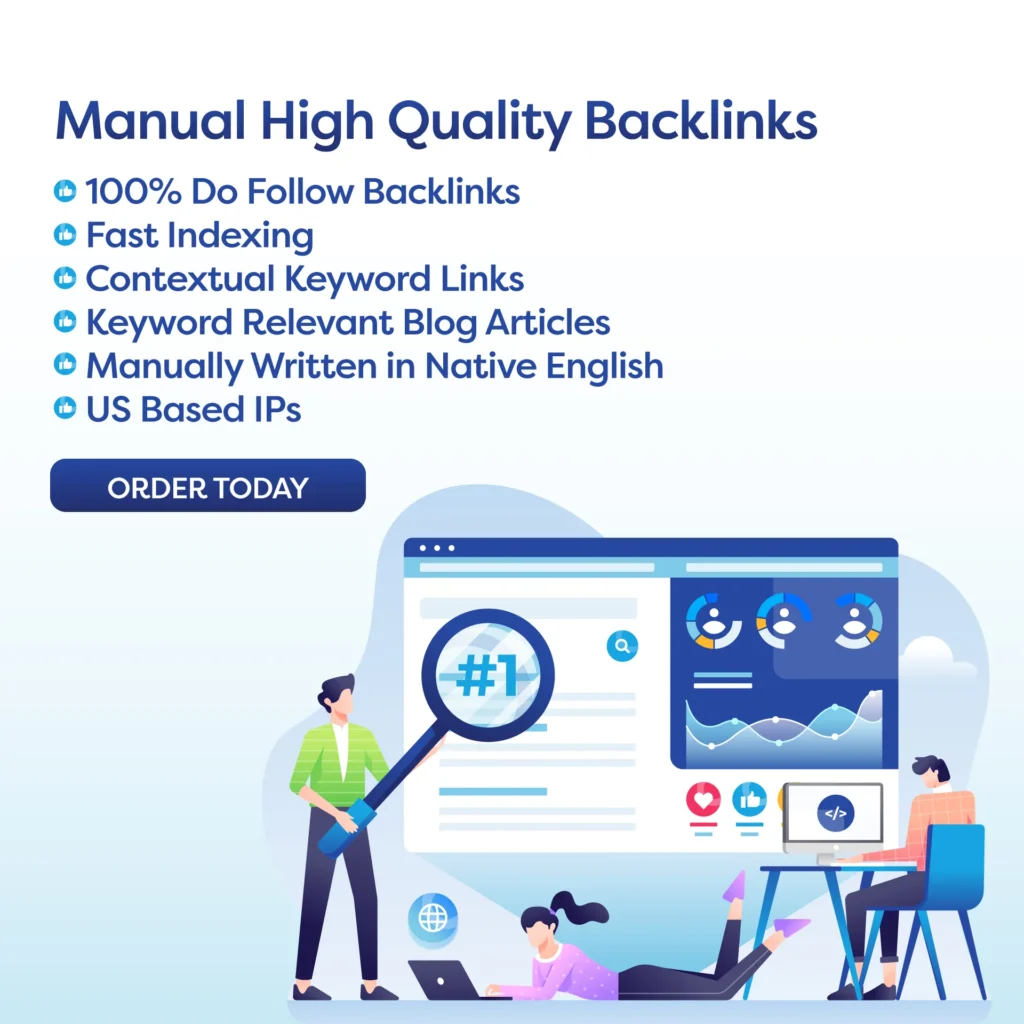Part 1: Introduction to UX and SEO
In the digital age, the synergy between User Experience (UX) and Search Engine Optimization (SEO) is more critical than ever. This integration plays a pivotal role in not only driving traffic but also in ensuring engagement and conversion. Understanding the dynamics of UX for SEO is essential for any web developer or marketer aiming to optimize their online presence effectively.
The Importance of UX for SEO
- Enhancing User Engagement: A seamless user experience is key to keeping visitors on your site longer, reducing bounce rates, and encouraging interactions, all of which are positive signals to search engines.
- Direct Impact on Rankings: Google has increasingly prioritized sites with strong UX elements, such as mobile responsiveness and fast loading times, directly affecting your site’s SEO performance.
Understanding User Experience Optimization
- Focus on the User: At its core, user experience optimization is about making your website more usable, accessible, and enjoyable for visitors. This involves a thorough understanding of your audience and tailoring your website to meet their needs.
- Continuous Improvement: UX is not a one-time task but a continuous process of testing, learning, and refining based on user feedback and behavior metrics.
The Interconnection Between SEO and UX
- Shared Goals: Both SEO and UX aim to provide users with the best possible content and experience. By integrating SEO and UX, websites can achieve higher rankings while also satisfying users’ needs and expectations.
- Search Engine Recognition: Search engines are now sophisticated enough to recognize and reward websites that offer a superior user experience. This recognition underscores the necessity of integrating UX design principles into SEO strategies.
Key Elements of UX That Influence SEO
- Navigation and Structure: A well-organized site structure and intuitive navigation help users find what they’re looking for quickly, which in turn, boosts your SEO by lowering bounce rates and increasing page views.
- Page Loading Speed: Speed is a crucial factor for both SEO and UX. Faster loading times improve user satisfaction and contribute to higher search engine rankings.
- Mobile-Friendliness: With mobile searches dominating the internet, ensuring your site is responsive and mobile-friendly is essential for both user experience optimization and SEO.
- Content Readability: High-quality, relevant content that is easy to read and understand keeps users engaged and signals to search engines that your site is valuable to visitors.
By focusing on these UX design principles, websites can not only improve their user experience optimization but also enhance their SEO efforts. The harmonious integration of SEO and UX not only meets the technical requirements of search engines but also fulfills the informational and emotional needs of users, leading to a more successful and impactful online presence.
Part 2: UX Design Principles and SEO Integration
Delving deeper into the mechanics of UX for SEO, it’s evident that a strategic approach to UX design principles can significantly boost SEO performance. This part of the article explores how integrating UX design principles and SEO strategies can create a symbiotic relationship, enhancing both user satisfaction and search engine visibility.
Fundamentals of UX Design Principles
- Simplicity: Keep design elements simple and intuitive to facilitate ease of use and improve user engagement.
- Consistency: Ensure a consistent user experience across all pages, including design, navigation, and content structure, to build user trust and comprehension.
- User Feedback: Incorporate mechanisms for collecting and analyzing user feedback to continuously refine and improve the UX.
- Accessibility: Design your site to be accessible to all users, including those with disabilities, which can improve site usability and expand your audience reach.
Optimizing Website UX for SEO
- Improve Navigation: Streamline your site’s navigation to make it easy for both users and search engines to find content. A clear hierarchy and text-based links can enhance crawlability and user experience.
- Increase Page Speed: Utilize tools and best practices to reduce loading times. Fast-loading pages not only improve UX but are also favored by search engines.
- Ensure Mobile Responsiveness: Optimize your site for mobile devices to cater to the majority of internet users and meet Google’s mobile-first indexing requirements.
- Content Readability: Craft content that is engaging, informative, and easy to read. Use headings, subheadings, bullet points, and images to break up text and make content more digestible.
SEO and UX Integration Techniques
- Keyword Integration in UX Elements: Incorporate target keywords naturally in UI elements like menus, buttons, and calls to action to enhance SEO without sacrificing UX.
- Structured Data: Use schema markup to help search engines understand the context of your content, improving visibility in search results and enhancing the user experience by enabling rich snippets.
- Enhancing User Engagement Metrics: Focus on metrics like dwell time and page views per session by providing valuable content and a compelling user experience, signaling to search engines the quality and relevance of your site.
Case Studies: Successful SEO and UX Integration
- Real-World Examples: Analyze how leading websites have successfully integrated UX and SEO to drive both rankings and user satisfaction. Discuss the strategies implemented, results achieved, and lessons learned.
- Best Practices: Highlight the key takeaways from these case studies, offering actionable insights that readers can apply to their own websites.
Integrating UX design principles with SEO strategies requires a balanced approach that prioritizes the user’s experience while optimizing for search engines. By focusing on the fundamentals of UX design and adopting a user-centric approach to SEO, businesses can enhance their online visibility, engage users more effectively, and ultimately achieve their digital marketing goals. This synergy not only improves website performance but also drives sustainable growth in the competitive digital landscape.

Leave a Reply